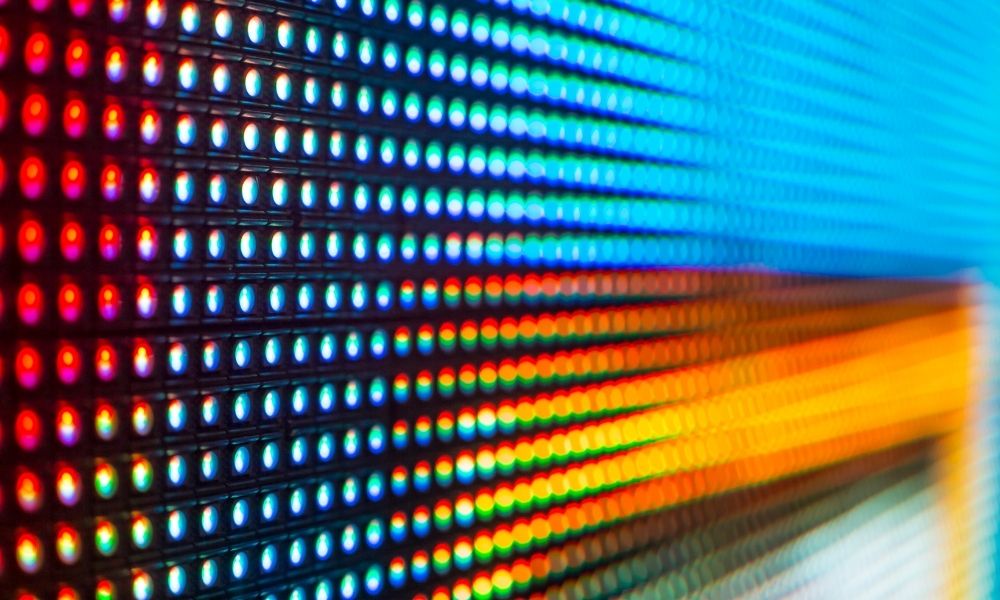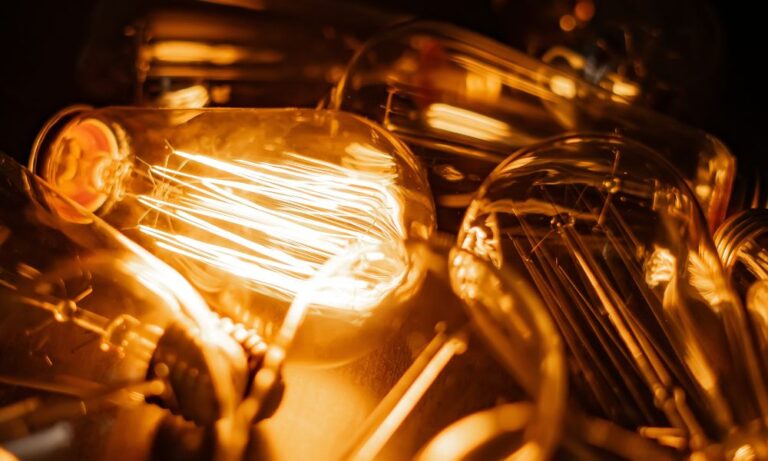In previous blog posts, we’ve discussed how the automotive industry and the field of dentistry are using LEDs. These are just two examples of trades that are beginning to recognize this type of lighting’s advantages. Since LEDs are becoming increasingly popular, it’s essential that every lightbulb that hits the market meets governmental standards. This piece will show you how to measure the intensity of LEDs to make sure everything’s safe for use.
Luminous Intensity
Many manufacturers measure LEDs using the luminous intensity method. Essentially, luminous intensity measures the wavelength of a particular light. Luminous intensity is measured using lumens per solid candela. You should know that this alternative isn’t the simplest way to gather LED’s intensity because the entire process must be exact. The light must be no closer than ten feet away from the source. In addition, the LED light must be distributed evenly. So, since everything has to be so precise, you should research other methods of measurement.
Luminous Flux
Luminous flux is the most common method for gathering intensity because the process is more straightforward. Luminous flux refers to the amount of power emitted from a light source. Again, the light must be uniformly distributed for this to work. Manufacturers typically use the light measurement instrument known as the integrating sphere to accomplish this goal. The sphere is the perfect shape to determine total flux because it provides the best environment for light to be evenly distributed.
Color
Another step in how to measure the intensity of LEDs is to determine color. Certain industries want their LEDs to be more colorful than others. As a result, it’s crucial for you to determine that each LED is as bright as possible. One tool that distributors can use to make this task easier is a tunable light source. Gamma Scientific’s SpectralLED tunable light sources can generate arbitrary spectrums for multiple light sources, including LEDs. Consequently, these tools can assist you in understanding how color impacts the light’s total power.
LEDs are the future. These lights are more durable than incandescent lightbulbs, and they’re brighter. So, you must put in lots of effort to ensure every LED that hits the stands is up to code. Luckily, Gamma Scientific is here to help you every step of the way. We have superior instruments that’ll improve the efficiency of any manufacturing facility, so safety can improve as well.





